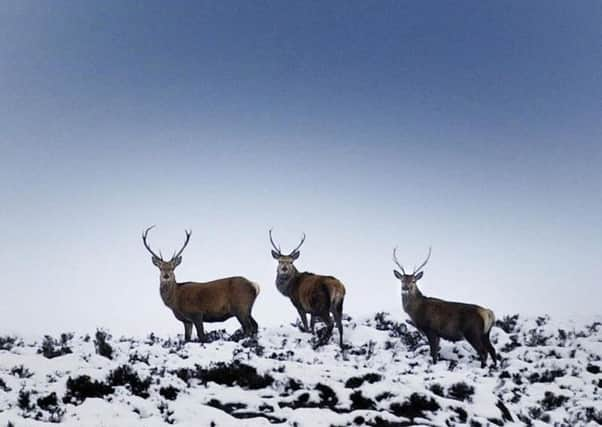Scotland weather: 'Significant snow' and freezing temperatures forecast


Rain showers set to arrive tomorrow morning are set to turn to snow later in the day, leaving flurries of up to eight centimetres in hilly areas.
The Met Office issued a yellow warning of snow for tomorrow and Wednesday morning, meaning people should “be aware” and said that temperatures were likely to remain around freezing.
Advertisement
Hide AdAdvertisement
Hide AdAreas affected included the Highlands and Islands, Grampian, Strathclyde, Central Scotland, Dumfries and Galloway and the Lothians.
The warning comes just days after the A939 between Aberdeenshire and Moray - traditionally the first road of the winter to be shut - was closed for the first time in this winter season.
Emma Sharples, forecaster for the Met Office, said Scotland will see the first “fairly significant snow” of the year over the next two days.
She said: “A lot of places will go below freezing, even towns and cities will probably be just about hovering between 0C and 1C.”
Temperatures plummeted well below zero in much of Scotland and Wales on Sunday night
However, the icy weather is not set to last, with wet and windy conditions forecast for Friday and Saturday, combined with milder temperatures of between 10C and 14C.
“We will see a slight change as we go towards the end of the week,” Ms Sharples said.
“Less cold than it is at the moment, but probably still a little bit below average for the time of the year.”
Advertisement
Hide AdAdvertisement
Hide AdOn its website, the Met Office warned of “difficult driving conditions” in some areas.
It said: “Rain will turn to snow in places later on Tuesday and into Wednesday morning. This could bring accumulations of four to 8cm across some hilly areas of northern England and Scotland, largely above 200 to 300 m, with as much as 15 cm possible above 300 to 400 m.”